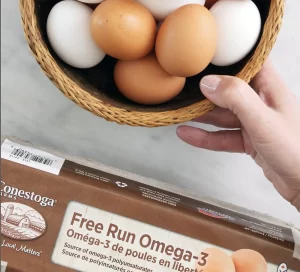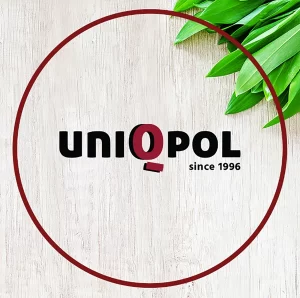
Try Something New! – History and Uses for Currants
When is the last time you included currants in your cooking, baking or even in a cocktail? Here at Vince’s Market we are always encouraging our customers to try something new! Not sure how to use them? Here is some history on this beautiful fruit and some tips on how to enjoy them.
History of the Currant
Currants grow wild all over Europe, and were first domesticated in Scandinavia around 1600. The cultivated varieties came to North America after taking root in England. The English word ‘currant’ has been used for this fruit only since 1550, taken from the fruit’s resemblance to the dried currants of Greece, raisins made from a small seedless grape. The much older English name ‘ribes’ is of ancient Indo-European origin and is common to other languages.
Nutrition in Currants
Black currants are an excellent source of Vitamin C and also contain fibre and iron. They are also high in antioxidants. They’re used in baking, jams, cordials and remedies to ward off colds. Red and White Currants are very low in Saturated Fat, Cholesterol and Sodium. It is also a good source of Potassium and Manganese, and a very good source of Dietary Fiber, Vitamin C and Vitamin K but they are lower in antioxidant powers. Red currants are popularly used in jams, sauces and desserts.

Buying & Storing Currants
Choose plump, firm currants with glossy skins. Like all berries, fresh currants have a relatively short life-span. They are best stored loosely wrapped or covered and chilled. Rinse currants dry just before using them, and gently pat them thoroughly dry with a clean towel. For longer storage, currants can be frozen just like other berries: lay them in a single layer on a baking sheet, freeze until frozen, transfer to sealable plastic bags and keep frozen for up to six months.
Preparing Currants
Here’s the best trick: To quickly separate currants from their stems, hold up a bunch and strip off berries with the tines of a fork.
Properties and Uses for Currants:
Black Currants
- Fragrant black currants have tougher skins and a tart, luscious flavour.
- Combine with red and white currants to make a classic summer pudding.
- Simmer into jams and jellies to spoon on soft cheese or serve with rich meats and game.
Red Currants
- Too tart to eat raw, these jewel-like berries make a gorgeous garnish, jelly and sauce for lamb or venison.
- Red currants are for culinary use: juice, jellies and purees.
- Make an Olde English Cumberland sauce for game, ham or rich meats by heating red currant jelly with lemon and orange juice, zest, port and mustard powder.
- Red currants are delicious in creamy desserts such as crème brûlée.
- Red Refresher: Purée 2 cups (500 mL) red currants with 1 cup (250 mL) water and add sugar to taste. Press through a strainer placed over a pitcher. Serve with sparkling water or soda water, or add a dash of vodka or gin.
White Currants
- An albino form of the red currant. More versatile but less colorful than the red; fine for all culinary uses, but are of lower acidity, thus also suitable for fresh eating. The best sorts are nearly transparent.
Whichever you choose, give them a try and let us know what you think! We welcome the feedback. You can leave a comment right here on the site or head on over and join in the conversation on Facebook (remember to ‘Like’ the page) and Twitter – (don’t forget to follow us there too).
If you haven’t already signed up to receive our weekly news delivered right to your inbox (including the blog, signup for our Coterie Program, and our recipe of the week), you will find the signup by clicking here.
Until next time,
Giancarlo






